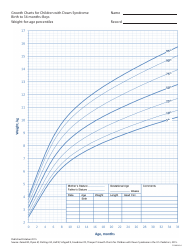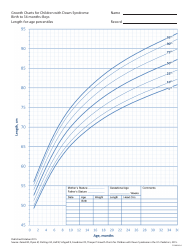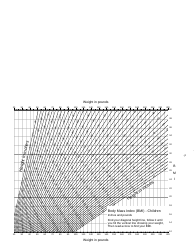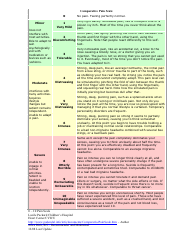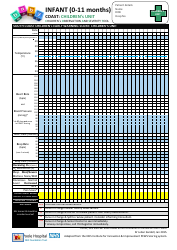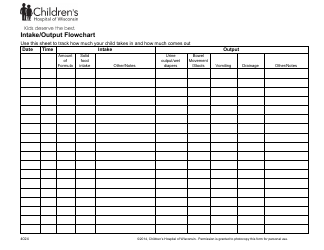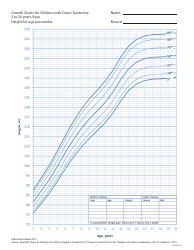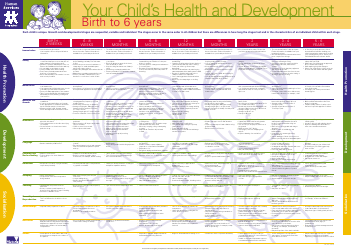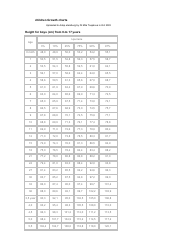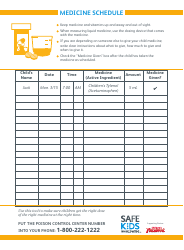Glycemic Index and Glycemic Load - Ucsf Children's Hospital
The Glycemic Index and Glycemic Load are tools used to measure how quickly certain foods can raise blood sugar levels. They are helpful in managing conditions like diabetes and can guide individuals in making healthier food choices.
FAQ
Q: What is glycemic index?
A: Glycemic index is a measure of how quickly a carbohydrate-containing food raises blood sugar levels.
Q: What is glycemic load?
A: Glycemic load takes into account both the glycemic index of a food and the amount of carbohydrates it contains.
Q: Why is glycemic index important?
A: Glycemic index can help manage blood sugar levels, promote weight loss, and improve overall health.
Q: What are some low glycemic index foods?
A: Examples of low glycemic index foods include non-starchy vegetables, whole grains, and legumes.
Q: What are some high glycemic index foods?
A: Examples of high glycemic index foods include white bread, white rice, and sugary drinks.
Q: How can I lower the glycemic load of my meals?
A: You can lower the glycemic load by choosing low glycemic index foods, increasing fiber intake, and adding protein or healthy fats to your meals.





